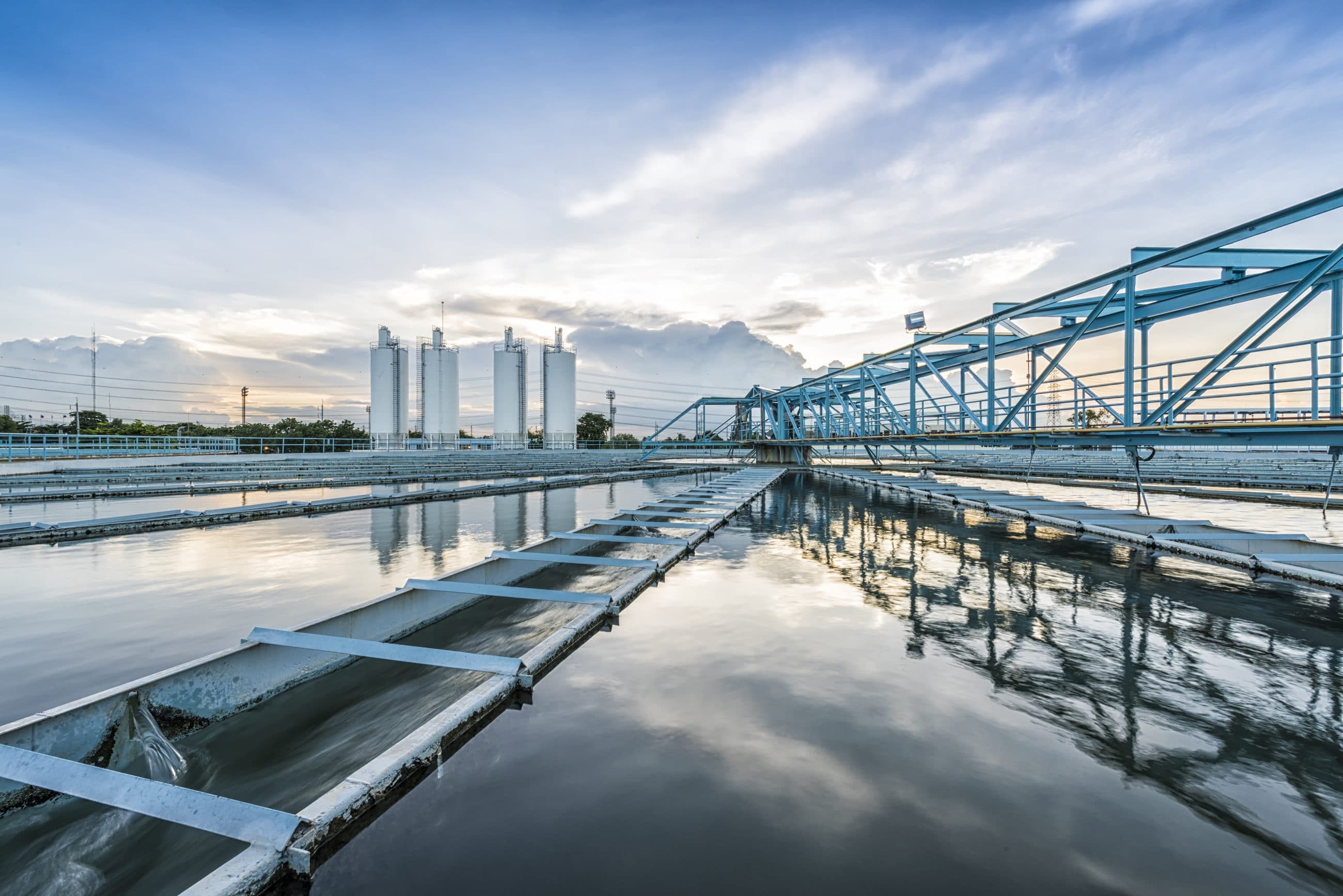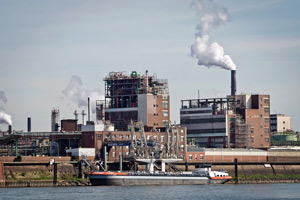Secret Methods in Industrial Waste Water Treatment Procedures
The therapy of commercial wastewater is an important element of ecological administration, including a range of techniques designed to minimize the influence of contaminants. Advancements in technologies such as membrane layer filtration and advanced oxidation procedures supply ingenious services for boosting therapy efficacy.
Physical Therapy Techniques
How successfully can physical therapy techniques address the intricacies of industrial wastewater? Physical treatment approaches play a pivotal function in the initial phases of wastewater management, focusing mostly on the removal of solids and huge particulates. Strategies such as filtering, sedimentation, and flotation are essential for lowering the concentration of suspended solids, thereby enhancing the performance of subsequent treatment processes.
Sedimentation includes the gravitational settling of solids, allowing for the separation of heavier materials from the wastewater. This approach is especially effective in clearing up water prior to chemical or biological therapies.
In addition, flotation protection approaches, which utilize air bubbles to lift suspended solids to the surface for elimination, work in dealing with wastewater with high focus of fats, oils, and oils. In general, physical therapy approaches offer as a vital first action in the extensive monitoring of industrial wastewater, ensuring that the lots on succeeding therapy stages is lessened and improving overall treatment efficiency.
Chemical Treatment Techniques
While physical treatment approaches lay the groundwork for efficient wastewater management, chemical treatment strategies are crucial for attending to the much more complicated pollutants typically discovered in commercial effluents. These approaches use numerous chemical representatives to speed up, reduce the effects of, or oxidize dangerous substances, guaranteeing an extra detailed removal of pollutants.
One common technique is coagulation and flocculation, where chemical coagulants such as aluminum sulfate or ferric chloride are added to promote the aggregation of put on hold fragments. This procedure boosts solid-liquid separation, minimizing turbidity and boosting water high quality. Furthermore, neutralization procedures are employed to readjust the pH of wastewater, making use of acids or bases to counteract acidic or alkaline streams, specifically.
Oxidation-reduction reactions play an essential duty in degrading natural pollutants and microorganisms. Chemical oxidants like hydrogen, chlorine, or ozone peroxide are utilized to break down intricate organic compounds, making them much less harmful or extra naturally degradable. Moreover, progressed oxidation procedures (AOPs) incorporate multiple oxidation techniques to improve pollutant elimination efficiency.
Biological Treatment Procedures
The performance of wastewater therapy is considerably improved by biological treatment processes, which harness the natural metabolic tasks of microbes to decompose natural issue and get rid of toxins. Industrial Waste Water Treatment. These procedures mainly entail aerobic and anaerobic food digestion, each tailored for details kinds of wastewater
Cardiovascular treatment procedures utilize oxygen to sustain microbial development, advertising the break down of natural pollutants into carbon dioxide and water. Common techniques include triggered sludge systems, where oygenation containers help with the blending of wastewater with bacteria, and dripping filters, which motivate biofilm development on media surfaces.
Alternatively, anaerobic treatment processes occur in the lack of oxygen, utilizing anaerobic germs to break down natural matter, resulting in biogas manufacturing, an eco-friendly power source. Anaerobic digesters this link are typically used in commercial settings for this function, efficiently reducing the volume of sludge while generating useful biogas.
The choice of a biological treatment method relies on wastewater features, treatment goals, and governing requirements. The assimilation of organic procedures in wastewater treatment not only boosts toxin elimination performance but also promotes sustainability by decreasing chemical use and sustaining resource recovery.
Advanced Oxidation Processes

Typical AOP techniques consist of Fenton's reagent, photocatalysis, and ozonation. Fenton's reagent, a mix of hydrogen peroxide and ferrous iron, militarizes the development of hydroxyl radicals, making it efficient for treating wastewater including phenolic substances and other recalcitrant substances.
AOPs offer several advantages, consisting of lowered sludge manufacturing and the ability to deal with wastewater with high concentrations of organic toxins. Nevertheless, the implementation of AOPs needs cautious consideration of functional criteria and cost-effectiveness, guaranteeing that these advanced strategies are suitably integrated into existing wastewater therapy systems.
Membrane Filtering Technologies

Microfiltration is effective for removing suspended solids and germs, while ultrafiltration targets smaller sized natural molecules and infections. Nanofiltration bridges the space between ultrafiltration and turn around osmosis, successfully eliminating natural substances and divalent ions. Reverse osmosis gives the highest degree of purification, used largely for desalination and removing mono-valent ions.
Membrane modern technologies use numerous benefits, including low power usage contrasted to traditional treatment methods, modular layout for scalability, and the potential for water recovery and reuse. Nonetheless, difficulties such as membrane layer fouling and the requirement for regular upkeep must be addressed to guarantee system efficacy. In general, membrane layer filtration technologies represent a crucial component of contemporary industrial wastewater therapy strategies, promoting sustainability and source preservation in water management.
Final Thought
In final thought, commercial wastewater therapy uses a diverse variety of strategies, including physical, chemical, organic, and progressed techniques. Continued developments in these approaches will additionally boost the effectiveness and effectiveness of wastewater treatment procedures in commercial setups.
The therapy of commercial wastewater is a vital element of environmental administration, including an array of techniques designed to reduce the impact of contaminants.Just how effectively can physical therapy approaches resolve the intricacies of industrial wastewater?Advanced oxidation procedures (AOPs) represent an advanced strategy in commercial wastewater therapy, designed to effectively degrade natural toxins that are often immune to conventional treatment approaches (Industrial Waste Water Treatment).In final thought, commercial wastewater therapy employs a diverse range of techniques, including physical, chemical, organic, and progressed approaches. site web Proceeded improvements in these techniques will certainly additionally enhance the performance and performance of wastewater treatment procedures in commercial setups